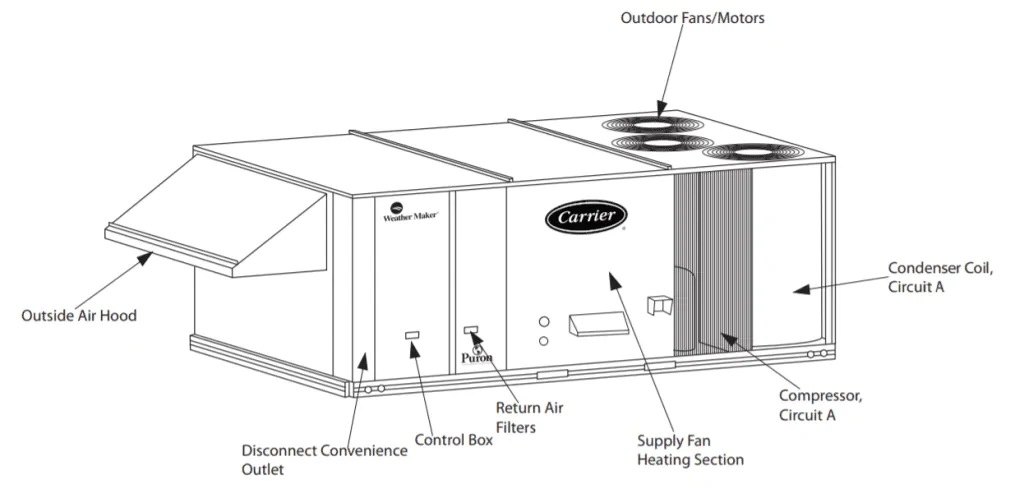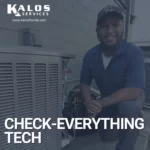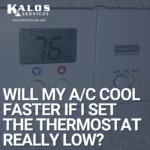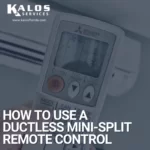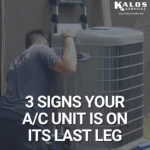Preventive maintenance is crucial for commercial HVAC equipment. Those units have so many moving parts that can weaken over time or go wrong; we need to make sure all of them work properly. Even a relatively small commercial package unit requires regular maintenance.
Commercial package units are self-contained and have a relatively small amount of charge compared to grocery racks and other heavy commercial units. However, they have a unique set of concerns that we address on a PM.
Today, we’re going to take a look at five potential problem areas that we address during a commercial package unit PM.
WASHING FRESH AIR FILTERS
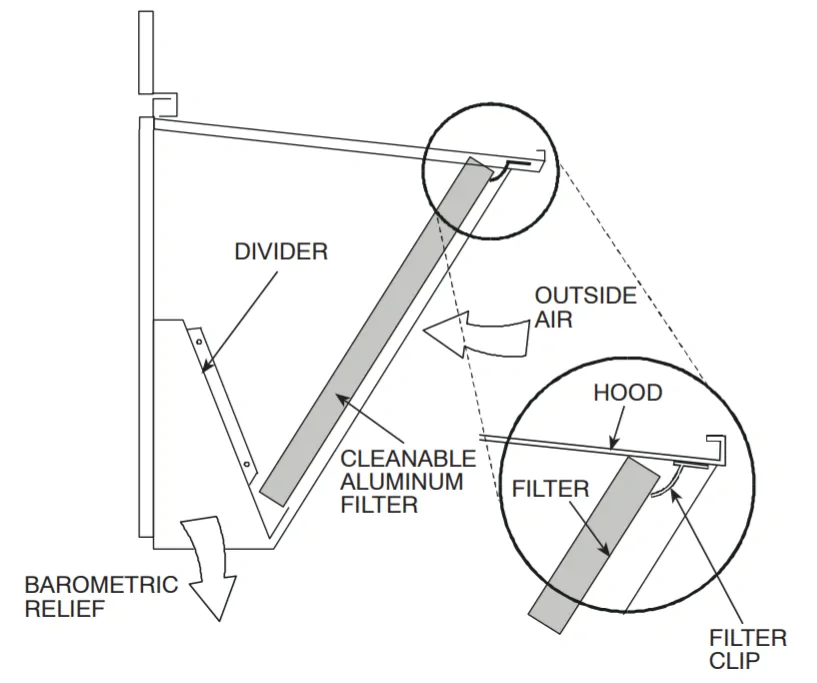
Florida doesn’t exactly have the greatest climate for fresh air intake. However, on package units that do bring in fresh air, we pay special attention to the filters.
As a unit brings air into the building, it must filter out all the pollen and other nasty pollutants from the outdoors. A commercial package unit usually uses a metal mesh filter to separate the air from pollutants and unwanted particles.
A typical PM would include cleaning that filter with a hose. We sometimes even apply a bit of degreaser if the unit is near an exhaust hood, especially in a restaurant.
CHECKING AND ADJUSTING THE BELT
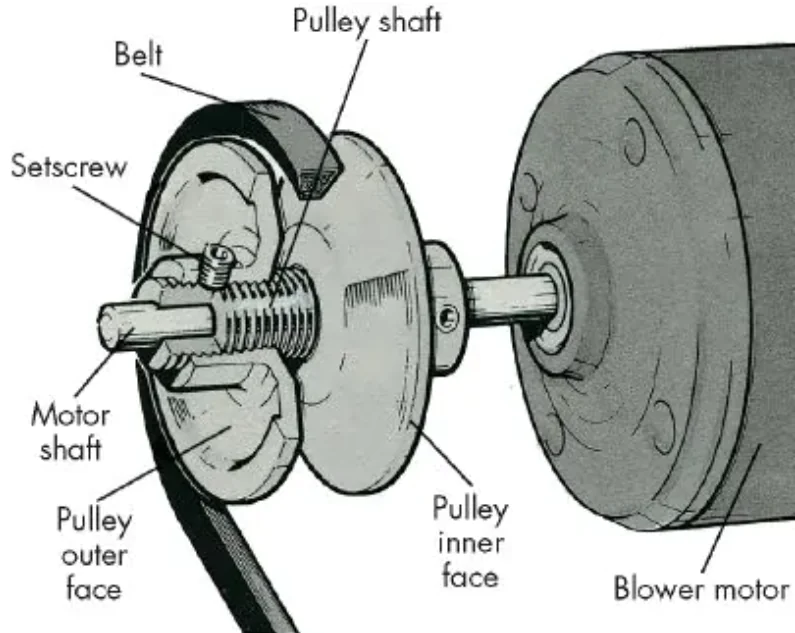
Belts are small but crucial parts of package units, so we make sure they stay in tip-top shape. Not to mention, they suffer from what I like to call Goldilocks Syndrome:
When belts are too tight, they can draw high amperage on the blower, wear out bearings, stretch out, and straight-up break. But when belts are too loose, they can slip like a bad bike chain. The belt tension needs to be just right to save everyone a bunch of heartache.
We use belt tensioner pulleys to adjust the belt if it needs some minor adjusting. We also use belt deflection tools to measure the deflection, or how much the belt gives under pressure. The deflection results can tell us how much we need to adjust the belt.
However, if the belt isn’t in great condition, we might just replace it altogether. Belts can wear out quickly, and we often use PMs as opportunities to nip belt problems in the bud if something doesn’t seem right.
ALIGNING PULLEYS
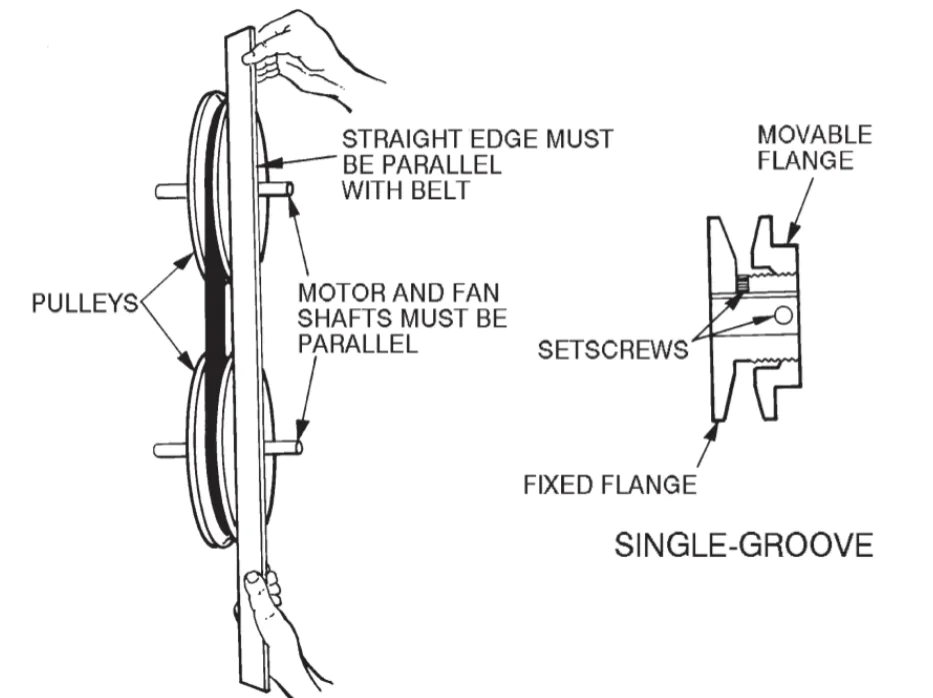
Misaligned pulleys can result in thrown or damaged belts, damaged bearings, and noise. None of those are good for operation, so we make sure to realign the pulleys and make sure they work as intended.
Pulley misalignment can happen when one of the bolts holding the motor base in place begins to slip. It can also happen if a pulley has been adjusted or replaced. Pulleys can also become worn over time and lose their designed shape or wear grooves in the sides. Those can lead to improper airflow, noise, and shorter belt life.
When we align the pulleys on commercial package units, we align the pulley centers with one another, both right to left, and we pay attention to the “camber.” The camber is the angle of the pulleys themselves, which isn’t always an obvious source of misalignment but can still cause the usual misalignment issues.
CLEANING CONDENSER COILS, SPLITTING THEM AS NEEDED
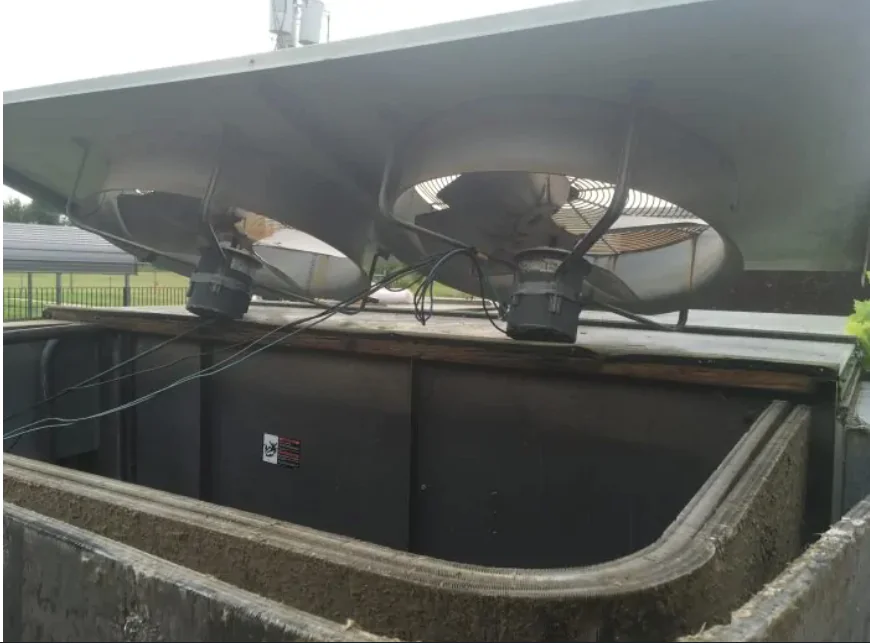
The condenser coils on top of the building reject the indoor heat. When those coils pick up soil, it becomes harder for the heat to pass through the layers of grime. The condenser can’t do its job as well, and you’ll notice decreased performance.
So, we make sure to clean the coils on each PM. We take the tops off and clean them from the inside out, hand-picking the best cleaner for the job. (We’ve got several non-toxic chemicals at our disposal for normal jobs and very heavy jobs.)
Some larger commercial units may have multiple rows of coils. In those cases, we split them and make sure each one gets a good cleaning. Don't worry; splitting the coils is perfectly normal and won't cause anything to break if done right.
CHECKING PHASE BALANCE
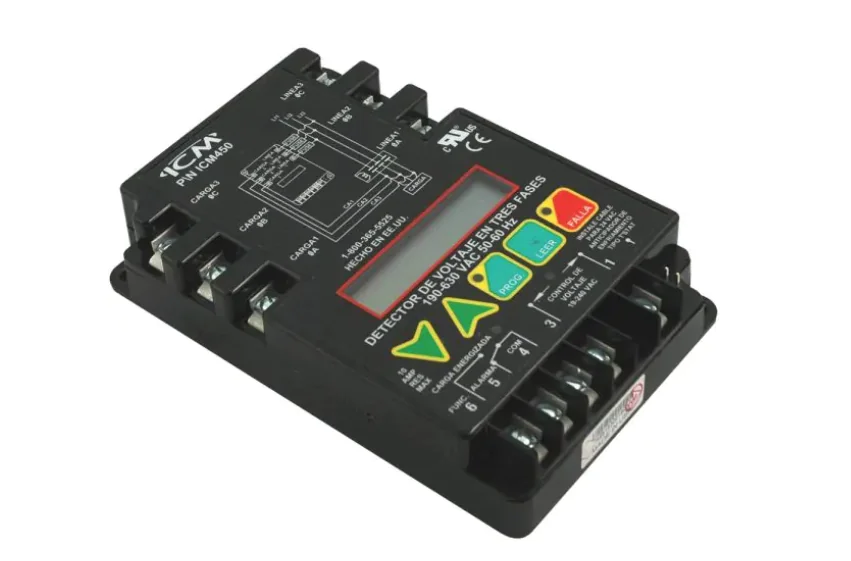
Of course, we can’t neglect the electrical parts that power these impressive units.
Many of these systems are three-phase, meaning that they use three legs of power from the company. As such, many three-phase systems will already have phase monitoring controls installed that check for voltage imbalance and dropped legs of power. Even small imbalances can result in motor heat and failure.
We still check voltage from leg to leg on all three legs on the equipment. Any imbalance of more than 2% worries us in terms of unit performance. An imbalance of more than 4% is never acceptable. If we notice an imbalance of over 4%, we must dig deeper and address the root of the problem.
So, that’s a quick glance at our PM procedure for a commercial package unit. There are clearly a few more things we check up on, but those are the big five that seem to impact system performance the most. You can learn more about our commercial HVAC division at Kalos HERE.
This article was inspired by Kalos President Bryan Orr's original article on HVAC School, “5 Things to Consider When Maintaining a Commercial Package Unit.” You can find the original article for technicians HERE.

